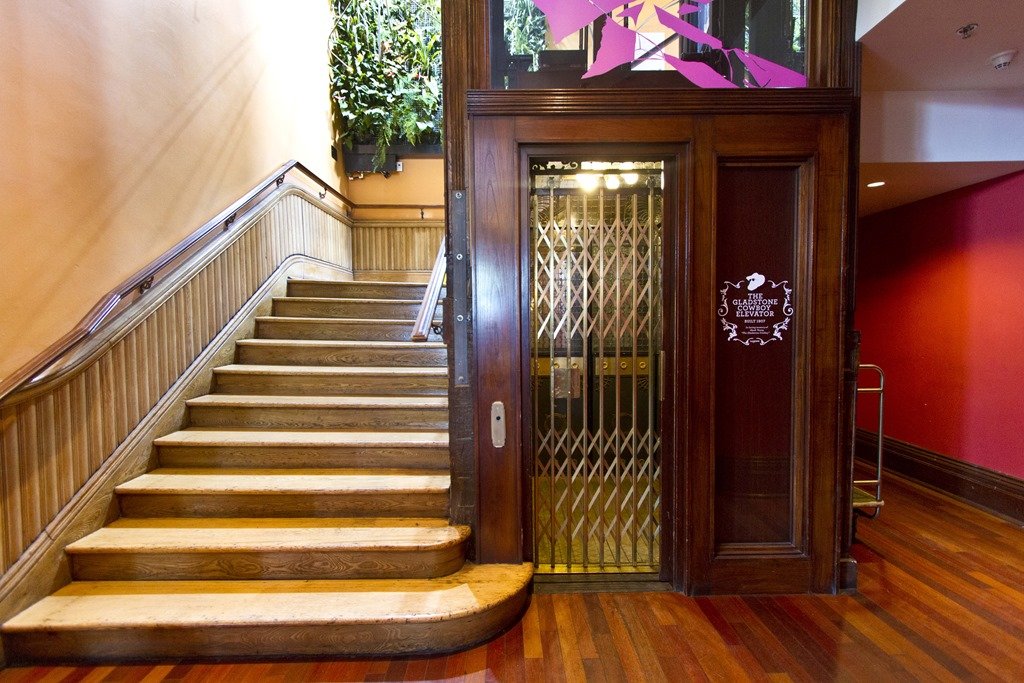The Gladstone — shifting perspective.
Situated in West Queen West, one of Toronto’s most creative neighbourhoods, the reimagined Gladstone House maintains its emphasis on culture, art, and diversity, while ensuring the building’s rich history and iconic original architecture remain preserved. Featured in Michelins‘ Toronto Hotel Guide, the celebrated boutique hotel, steeped in history, features restored exposed brick walls, curated local art and innovative lighting applications that transition throughout the day, bringing the building to life (Taken directly from their website)
It was only by circumstance that brought me to the Gladstone for a little under a week, and my only endorsement would be the elevator is very cool, the kitchen is amazing, and they make a fine Manhattan.
In under a week, I have:
Gotten a pile of work done.
Wrote a couple of blogs.
Was reminded how amazing my daughter is, even as she questions how hip I think I am.
Was reminded how honoured I am to have a great circle of friends.
Learned more than I thought I would from an U of T alumni sponsored on-line course — Needs, Circumstance, Characteristics, Capacity and the Scripts. All dictate how we approach our life and greater than I appreciated. It has offered new language to navigate the human condition.
Was reminded that diversity is strength.
Was reminded everything is possible
In one of the conversations during the week, and as the universe is apt to do, the Gladstone was explained:
“I need to see issues and ideas from all sides, so people sometimes feel I am not "siding" with them, or criticizing them, when I am truly just curious and considering all possible perspectives....”*
The Gladstone allowed me to shift my perspective and because of this, things happened. Does shifting perspective make things happen? No. What shifting perspectives offers is a broader view of current situations, challenges preconceived notions, and in theory**, offers a clearer picture — it is with this, that you can make new things happen.
On the third floor of the Gladstone is a beautiful pool table for the guests to use at their leisure — what I noticed is from one angle there is no shot but as you move around the table, the shot you didn’t see, comes into view. How’s that for an analogy? Is any of this earth shattering or a monumental shift; not at all, but the journey is taken with small steps — one foot in front of the other.
Gladstone[verb]: to change perspective. Example: I’m just don’t see it, it’s time to Gladstone.
iamgpe
* Shayva Steinberg
**I say in theory because you must be open to seeing situations differently.



